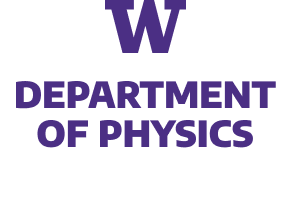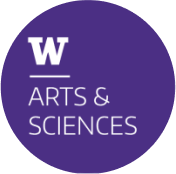Strongly-coupled gauge theories far from equilibrium may exhibit unique features that could illuminate the physics of early universe and of hadron and ion colliders. Studying real-time phenomena has proven challenging with classical-simulation methods, but is a natural application of quantum-simulation devices. To demonstrate this prospect, we quantum compute non-equal time correlation functions and perform entanglement tomography of non-equilibrium states of a simple lattice gauge theory, the Schwinger model, using a trapped-ion quantum computer by IonQ Inc. As an ideal target for near-term devices, a recently-predicted dynamical quantum phase transition in this model is studied by preparing, quenching, and tracking the subsequent non-equilibrium dynamics in three ways: i) overlap echos signaling dynamical transitions, ii) non-equal time correlation functions with an underlying topological nature, and iii) the entanglement structure of non-equilibrium states, including Entanglement Hamiltonians. These results constitute the first observation of a dynamical quantum phase transition in a lattice gauge theory on a quantum computer, and are a first step toward investigating topological phenomena in nuclear and high-energy physics using quantum technologies.


